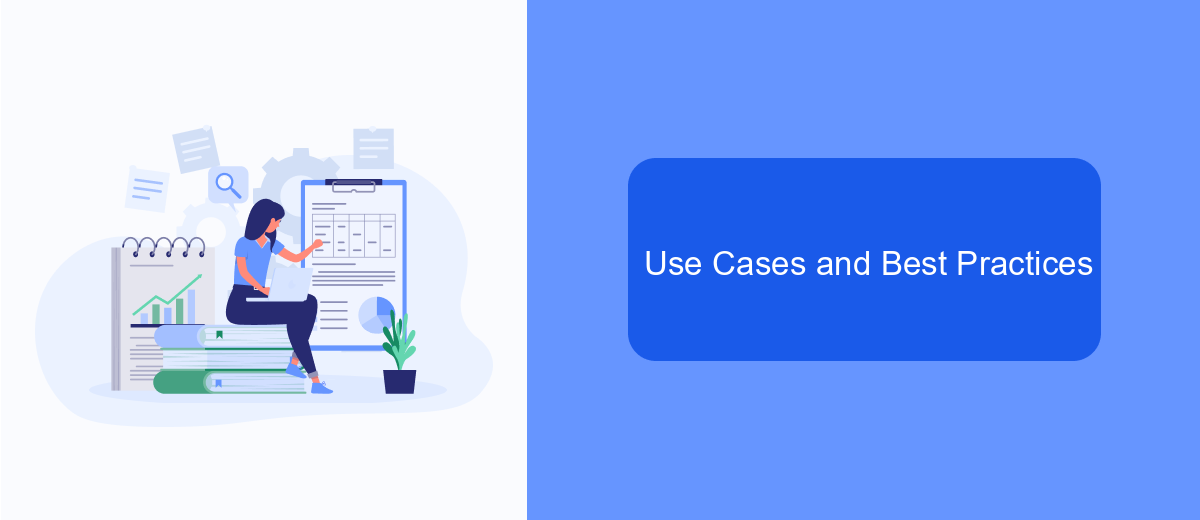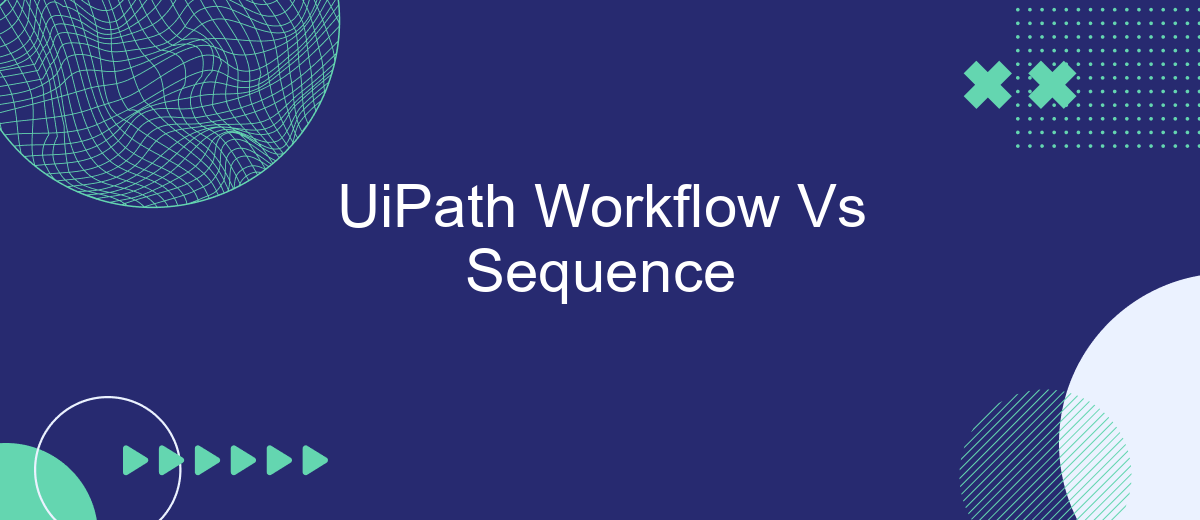When working with UiPath, understanding the differences between Workflows and Sequences is crucial for optimizing automation processes. Both methods offer unique advantages and cater to different needs within the automation spectrum. This article delves into the key distinctions, benefits, and use-cases of UiPath Workflows and Sequences, helping you make informed decisions for your automation projects.
Introduction
In the realm of robotic process automation (RPA), UiPath stands out as a leading platform, offering a range of tools to streamline business processes. Two fundamental components of UiPath are Workflows and Sequences, each serving distinct purposes in the automation landscape. Understanding the differences and applications of these components is crucial for maximizing the efficiency and effectiveness of your automation projects.
- Workflow: Ideal for complex, long-running processes involving multiple steps and decision points.
- Sequence: Best suited for simple, linear processes that require straightforward execution.
- SaveMyLeads Integration: Facilitates seamless data transfer and automation between various platforms, enhancing overall workflow efficiency.
By leveraging the strengths of both Workflows and Sequences, businesses can create robust automation solutions tailored to their specific needs. Additionally, integrating services like SaveMyLeads can further optimize these processes by ensuring smooth data flow and reducing manual intervention. This combination not only saves time but also minimizes errors, leading to more reliable and scalable automation solutions.
Definition of Workflow and Sequence

In UiPath, a Workflow represents a series of activities arranged in a visual manner to automate repetitive tasks. Workflows can be simple or complex, involving multiple decision points, loops, and integrations with various systems. They are designed to handle long-running processes and can be paused and resumed as needed. This makes them ideal for scenarios that require orchestration of multiple steps, such as data entry, email automation, and integrating with third-party services like SaveMyLeads to streamline lead management processes.
On the other hand, a Sequence in UiPath is a type of workflow that arranges activities in a linear fashion. Sequences are best suited for straightforward tasks that follow a step-by-step execution path without requiring complex branching or decision-making. They are easier to design and manage, making them ideal for smaller, more focused automation tasks. Sequences are often used within larger workflows to handle specific sub-tasks, ensuring that each step is executed in a precise order.
Comparison of Features

When comparing UiPath Workflow and Sequence, it's important to understand how each approach can impact the efficiency and complexity of automation processes. Both methods have their own unique features that cater to different needs and scenarios.
- Complexity Management: Workflows are ideal for handling complex processes with multiple branching paths and conditions, while Sequences are better suited for linear, straightforward tasks.
- Reusability: Workflows allow for greater reusability of components and can be easily integrated with other workflows or sequences, enhancing modularity. Sequences, on the other hand, are simpler but less flexible in terms of reuse.
- Integration Capabilities: Both Workflows and Sequences support integration with external services. For instance, using a service like SaveMyLeads can streamline the process of connecting various applications and automating data transfers.
Ultimately, the choice between UiPath Workflow and Sequence depends on the specific requirements of your automation project. Workflows offer more control and flexibility for complex scenarios, while Sequences provide a straightforward approach for simpler tasks. Understanding these features can help you make an informed decision to optimize your automation strategy.
Use Cases and Best Practices

When choosing between UiPath Workflows and Sequences, understanding their use cases and best practices is crucial for effective automation. Workflows are ideal for complex processes that involve multiple decision points, parallel activities, and long-running tasks. They provide a visual representation of the process, making it easier to manage and debug.
Sequences, on the other hand, are best suited for linear, straightforward tasks that require a step-by-step approach. They are simpler to implement and manage, making them perfect for smaller projects or components of a larger workflow.
- Use Workflows for intricate processes with branching logic and multiple activities.
- Leverage Sequences for simple, linear tasks that need clear, sequential execution.
- Combine Workflows and Sequences to balance complexity and simplicity in your automation projects.
- Utilize services like SaveMyLeads to streamline integrations and automate data transfers between platforms.
By understanding the strengths and best use cases for Workflows and Sequences, you can optimize your automation projects. Integrating tools like SaveMyLeads can further enhance efficiency by automating data flows and reducing manual effort.
Conclusion and Recommendations
In conclusion, both UiPath Workflows and Sequences offer unique advantages depending on the complexity and requirements of your automation project. Workflows are ideal for more complex processes that require multiple steps and branching logic, providing a clear and organized structure. On the other hand, Sequences are best suited for straightforward, linear tasks that need to be executed in a specific order, making them easier to develop and maintain for simpler automation needs.
For organizations looking to streamline their integration processes, tools like SaveMyLeads can be invaluable. SaveMyLeads simplifies the setup of integrations between various services, reducing the time and effort required to connect different platforms. By leveraging such tools, businesses can enhance their automation capabilities, ensuring seamless data flow and improved operational efficiency. Ultimately, the choice between UiPath Workflows and Sequences should be guided by the specific needs of your project, with a consideration for potential integration tools to further optimize your automation strategy.
FAQ
What is the main difference between a UiPath Workflow and a Sequence?
When should I use a Sequence over a Workflow in UiPath?
Can I integrate external services with UiPath Workflows and Sequences?
How do Workflows handle errors compared to Sequences in UiPath?
Is it possible to convert a Sequence into a Workflow in UiPath?
SaveMyLeads is a simple and effective service that will help you automate routine tasks and optimize business processes. Stop wasting time uploading leads from Facebook manually – you can do it automatically, saving a lot of time and money. Eliminate routine from workflows and achieve more with minimal investment of money, effort and human resources.
